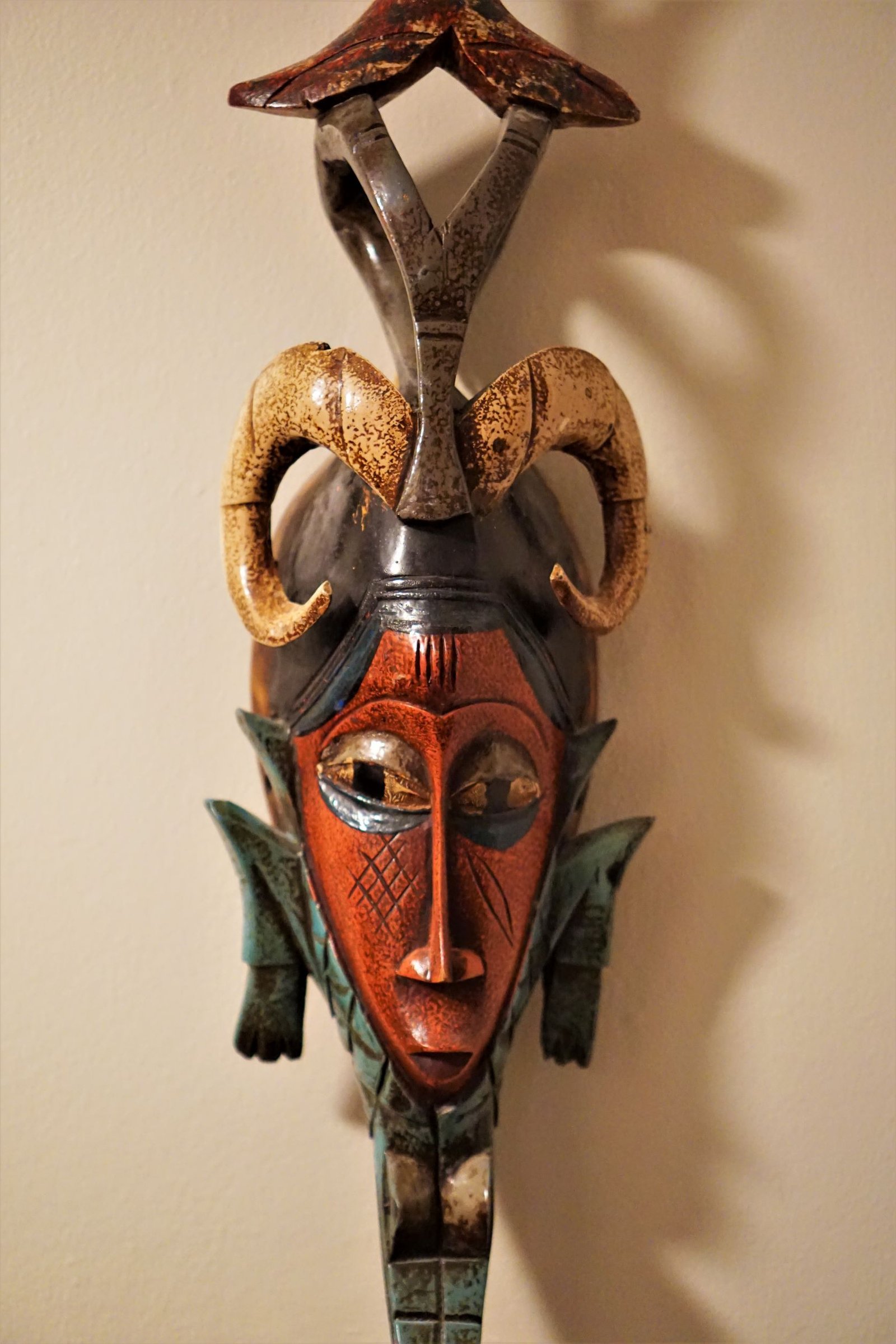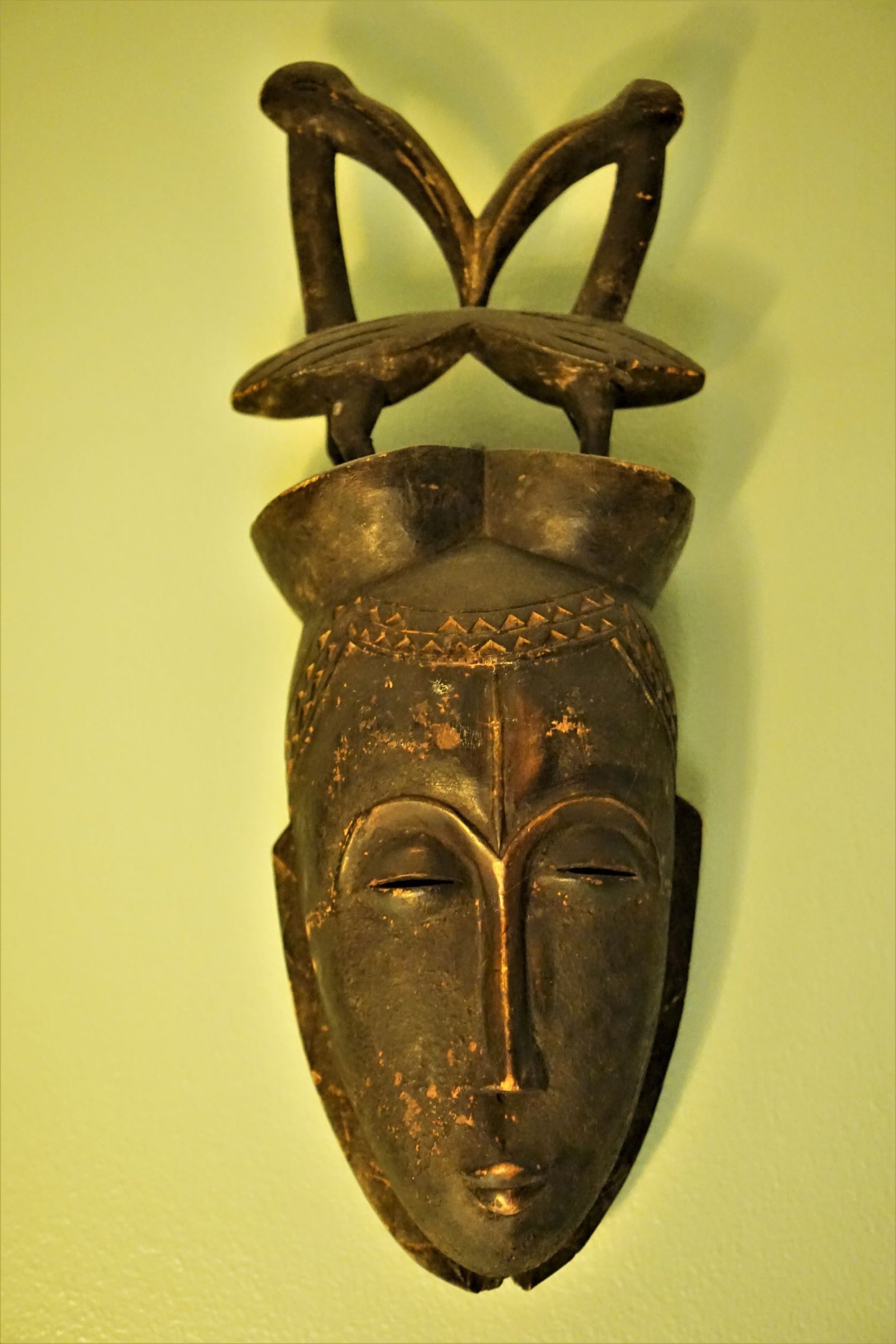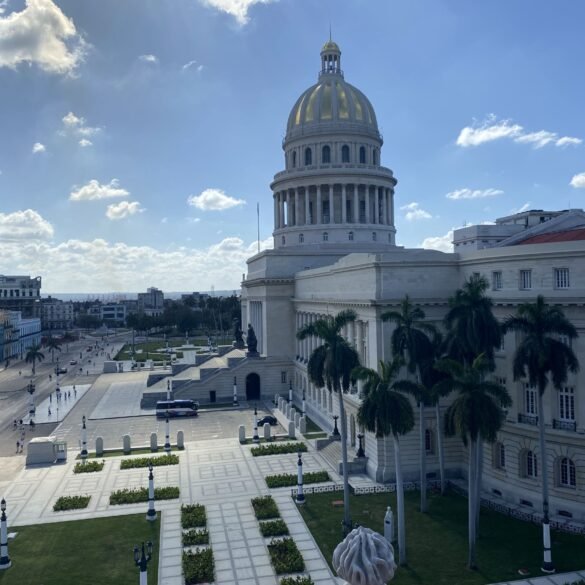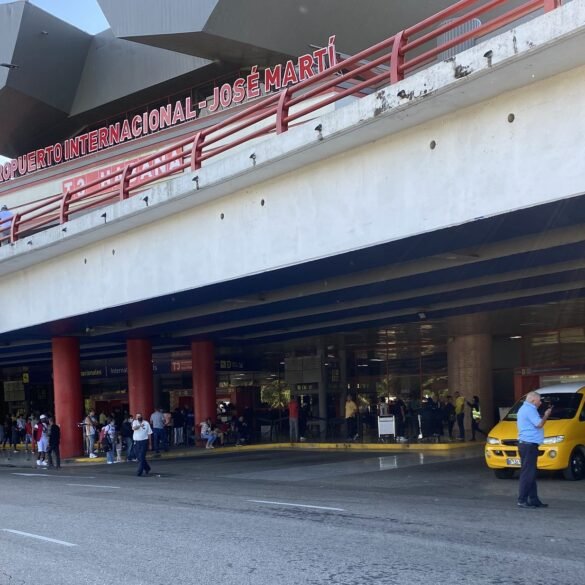Last month, we wrote about some unique souvenirs that we brought back from our travels. Today is Part 2 of that post.
African masks, Egypt
In our collection, we have eight African masks, which is a lot, considering we haven't really visited Africa yet. The only nominal African country we’ve ever been to is Egypt, but most of the country feels more Middle Eastern than African. It was only when we made it to the south and visited Aswan and nearby Nubian villages that it finally felt like we were opening the door to Africa.
Aswan, a mid-size town on the Nile River, was our best bet to buy African masks. Its market had several places selling traditional art of varying quality and price. The most impressive piece we held in our hands was a century-old copper mask with a hefty price of $21,000. Before going to the market, however, we agreed to have a ceiling of $100 per mask and ended up buying three masks (two from Kenya and one from Cameroon) for a total price of $200. But African masks are like tattoos—once you have a few, you will probably get more. Although we haven't been to Africa since 2011, in the last ten years, we've bought five additional masks. We purchased several masks from a man in Milwaukee, who had to sell them because his children were afraid of them. A pair of wedding masks from the Baule tribe of the Ivory Coast is probably my favorite. To be frank, I'm somewhat concerned about us visiting Africa in the future, as I imagine our eight-mask collection can easily double, pushing us out of the apartment.
Blackwood Buddha statue, Thailand
After visiting Ayutthaya and Sukhothai, two former capitals of Siam, I knew exactly what I wanted to buy in Thailand as a souvenir. Buddha statues in both places, and especially in Sukhothai, were the highlight of our trip. The serenity and calmness that these enormous statues projected captivated us for hours. Back in Bangkok, I went on a hunt to find a small statue resembling what we saw in temples up north. While Julia was busy getting a massage at the backpackers’ hell street, Khao San Road, I perused the shelves of antique and souvenir shops, trying to find something. Finally, I found it—a solid blackwood statue of a sitting Buddha. The asking price was $200. It was a good price, but I didn't dare to buy it without letting Julia haggle over the price first. Bargaining at markets in Asia is part of the experience after all. Relaxed and rested after the massage, Julia met me outside the gift shop, where I quietly pointed through the window to the Buddha I found. I don't like to bargain. So I stayed outside, trying not to interfere with a professional. Julia casually strolled in and 15 minutes later walked out of the shop with the Buddha under her arm. She managed to beat the asking price down to $80 and felt very cocky about her bargaining skills. If you read our prior souvenir post, you probably know that several years later, one Cambodian market seller brought her back down to earth, completely refusing to negotiate and making us pay the full price.
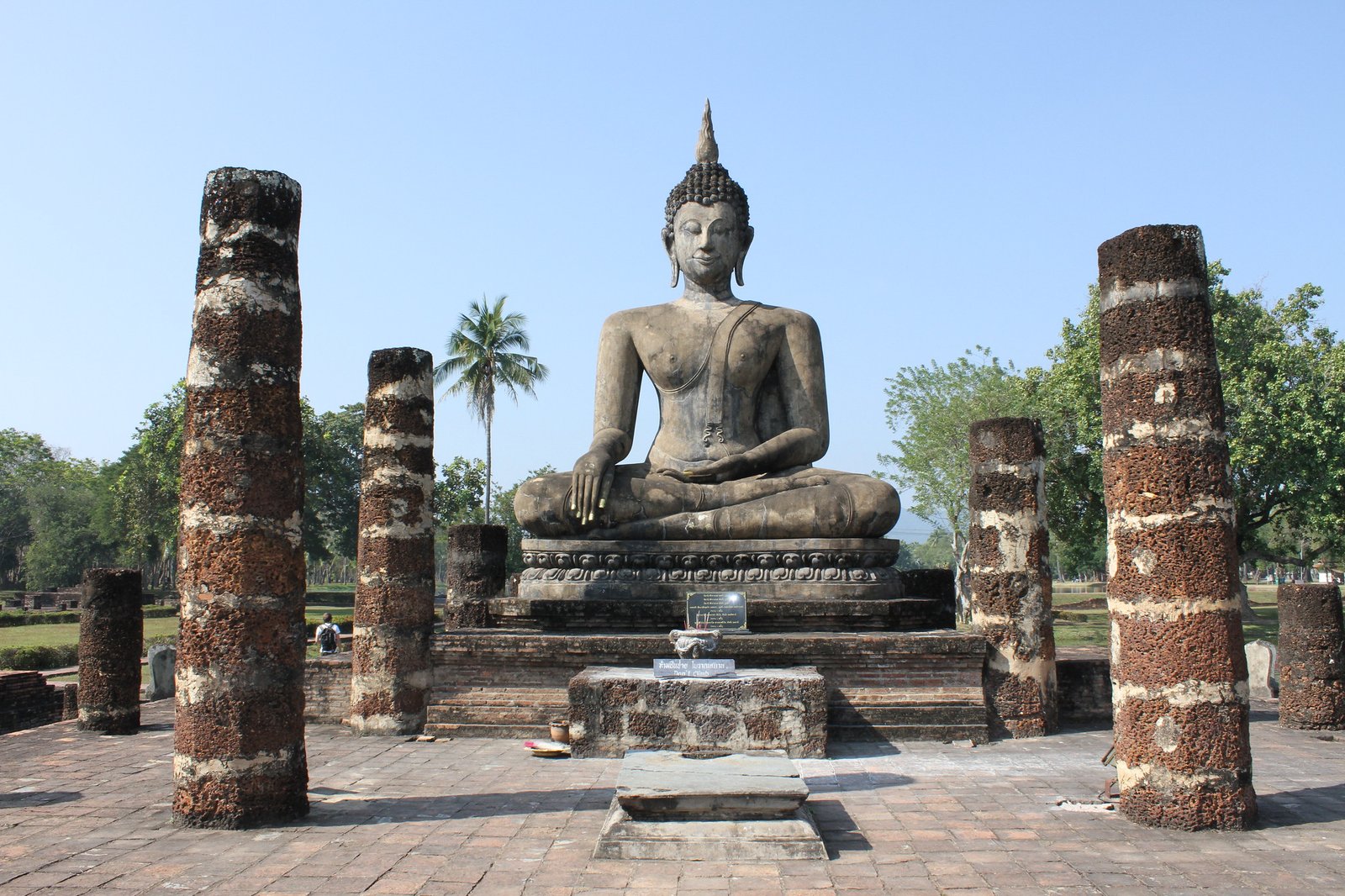
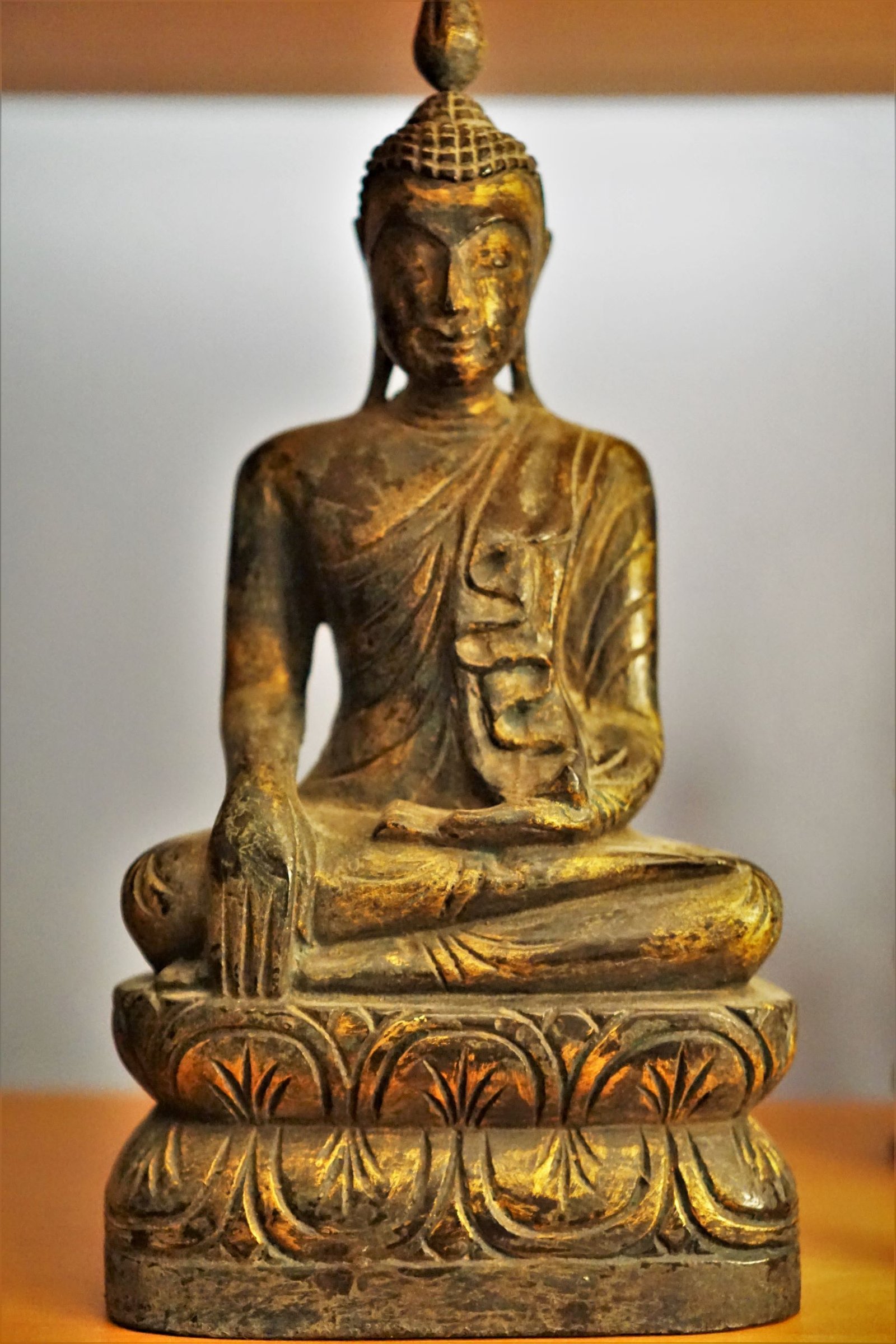
Maya painting, Guatemala
Lake Atitlan in Guatemala is one of the most beautiful places we've ever visited. This volcanic caldera lake is tranquil and breathtaking and warrants a stay for at least a couple of days. While there, we took a boat ride on the lake, sampled coffee at a nearby coffee farm, and explored indigenous villages flanking the lake. One village, San Juan La Laguna, offers not only beautiful views of the lake and surrounding volcanoes but is also a great place to purchase local art. The village is primarily inhabited by the Tz’utujil, one of the 21 Maya ethnic groups that live in Guatemala. After a coffee tour, we stopped by the gallery run by a local Tz’utujil family selling naïve paintings of local Maya artists. The paintings depicted traditional market scenes, Maya gods, and rural life around Lake Atitlan. We ended up buying a vibrant painting depicting three local women carrying produce on their heads with Lake Atitlan appearing in the background. The painting was signed “Coche” in the lower left corner, referring to either Antonio Coche Mendoza, a local artist, whose gallery we visited, or one of his family members painting in the same style. The bright-colored painting now decorates the kitchen in our apartment and constantly reminds us about one of the most beautiful corners of this world.

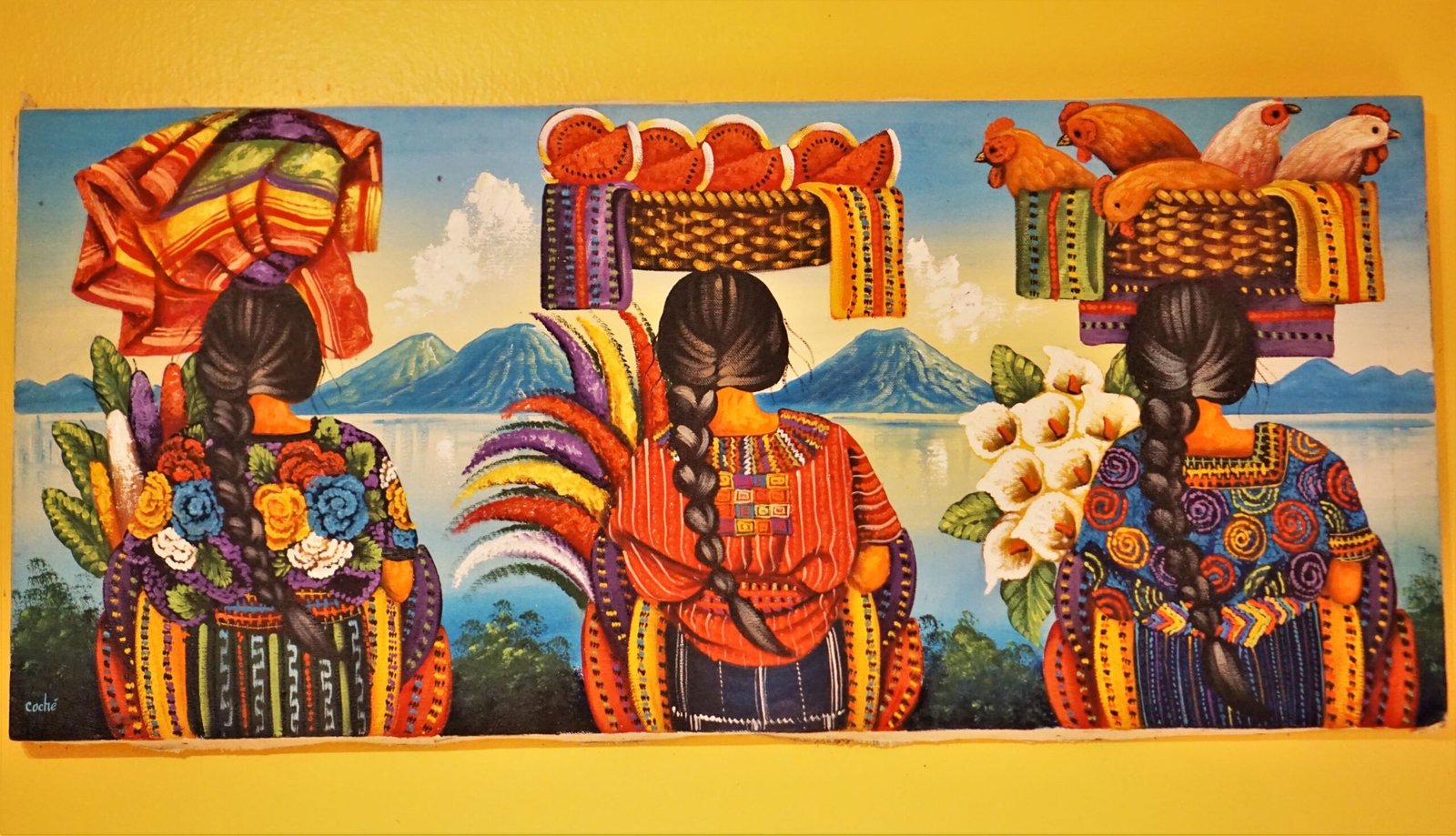
Ganesha statue, India
While traveling through Rajasthan, we visited the Sas Bahu temple outside Udaipur, decorated with carvings of the Hindu goddess Lakshmi. In Hinduism, Lakshmi is the wife of Vishnu and the goddess of wealth and good fortune. Several days later, in the blue city of Jodhpur, we stopped by a gallery, where elegant statues of Lakshmi were for sale. They weren't cheap (a couple of hundred dollars), but they were so exquisite. Because this was still early in the trip, I decided that we could find similar statues later. And this was a big mistake. For the next two weeks, as we crisscrossed India, moving from one state to another, we couldn't find anything even remotely looking like what we saw in Jodhpur. Going home empty-handed wasn't an option, so we settled on bringing home a statue of Ganesha, another Hindu deity, whose image was ubiquitous no matter where we went in India. I love the statue of Ganesha we bought, and it fits perfectly on the shelf next to Thailand's Buddha and Cambodia's Naga statues. But that image of Lakshmi still haunts me, and I wish I could go back to Jodhpur to purchase it. If anything, this is yet another good reason to visit India again.
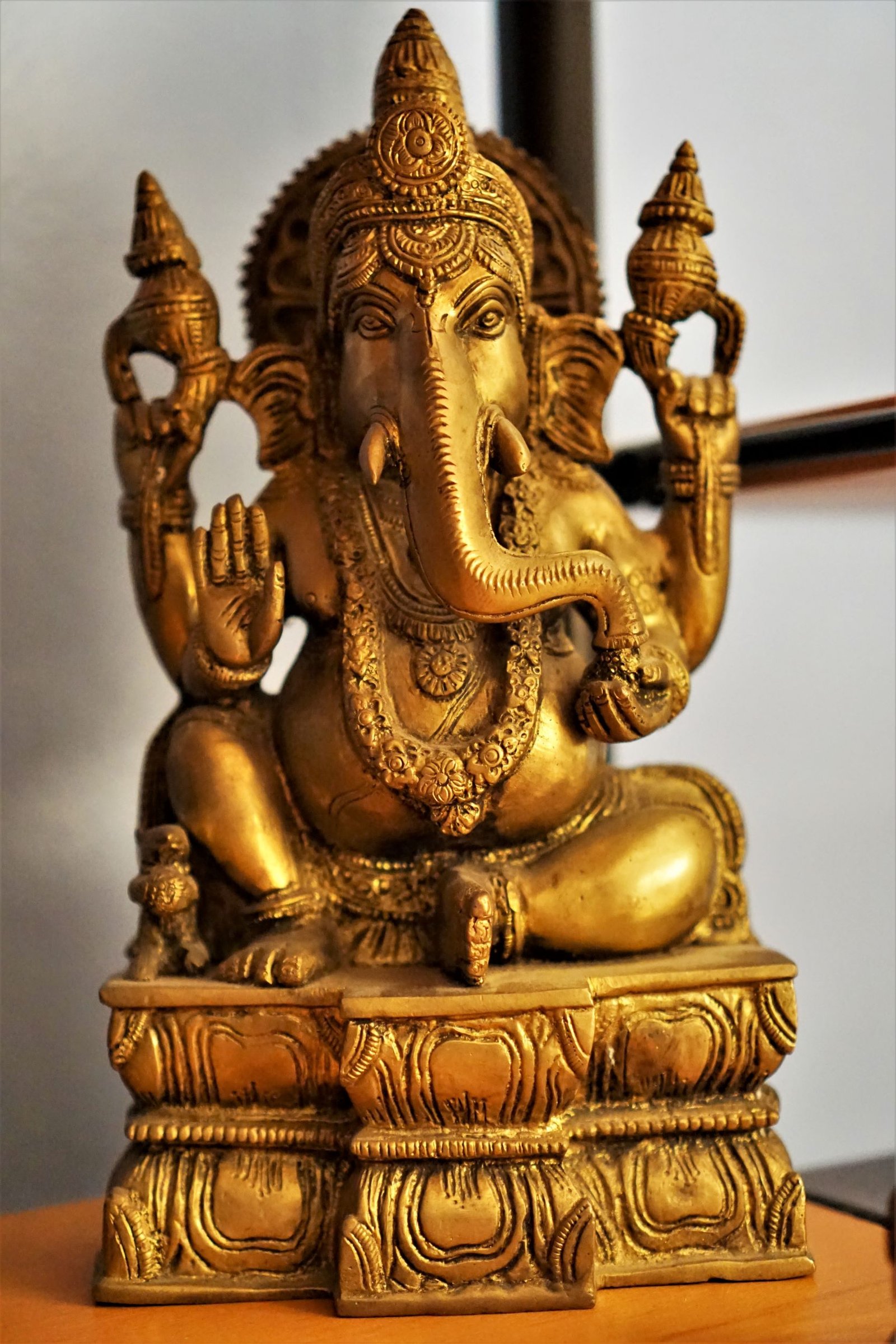
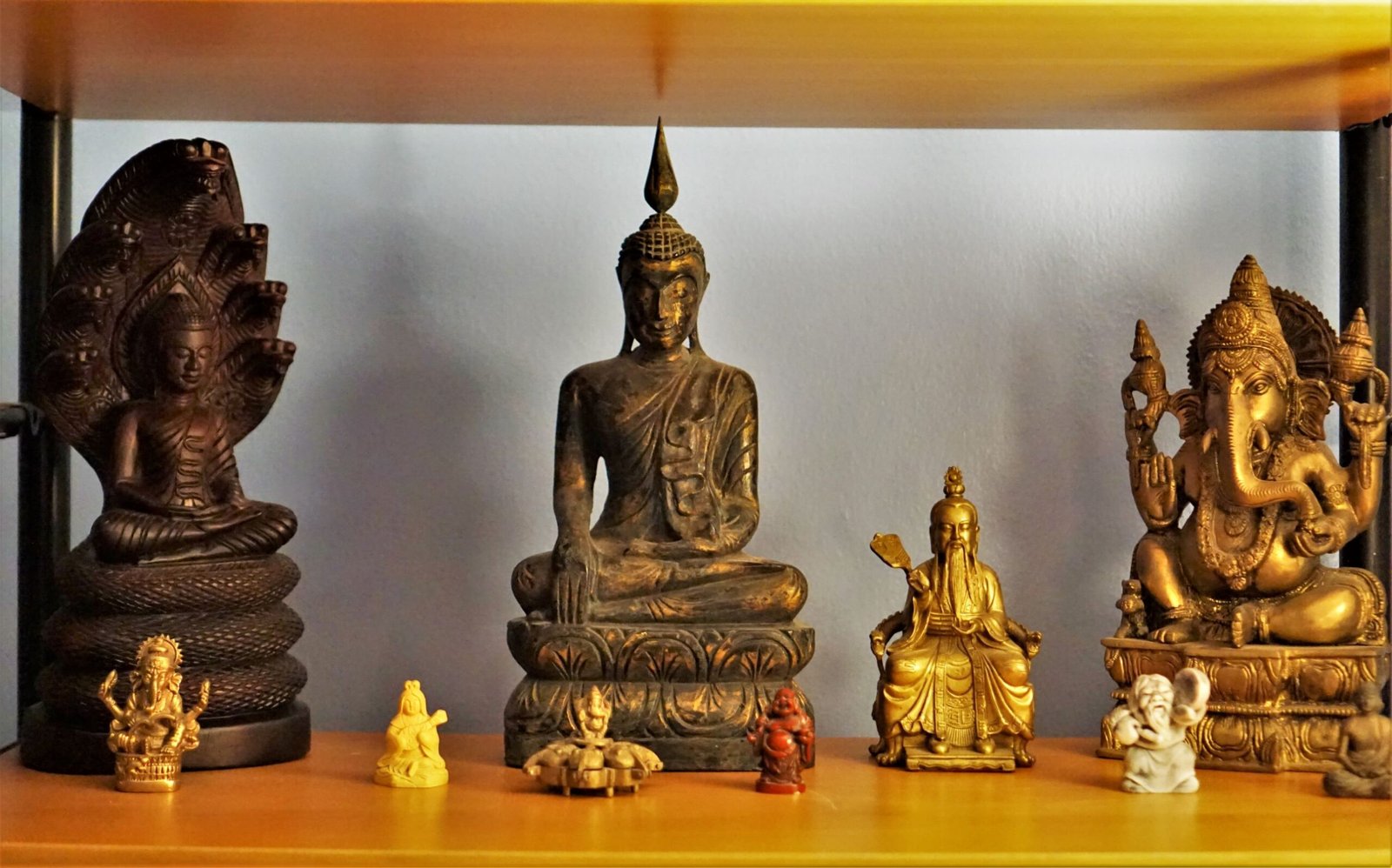
In truth, every item we bring back is not just a reminder of the trip, but an invitation to visit again, a calling card for each country encouraging us to make our way back.
